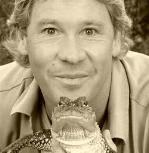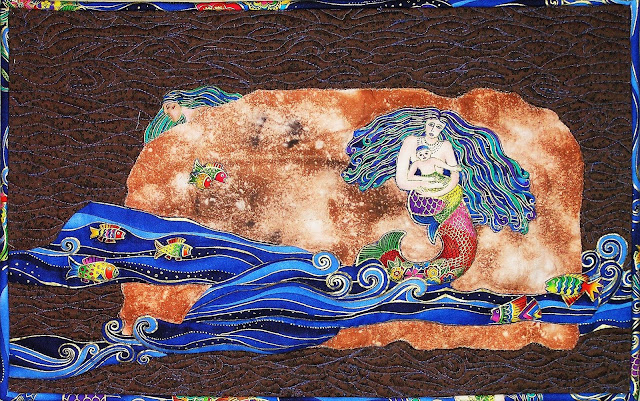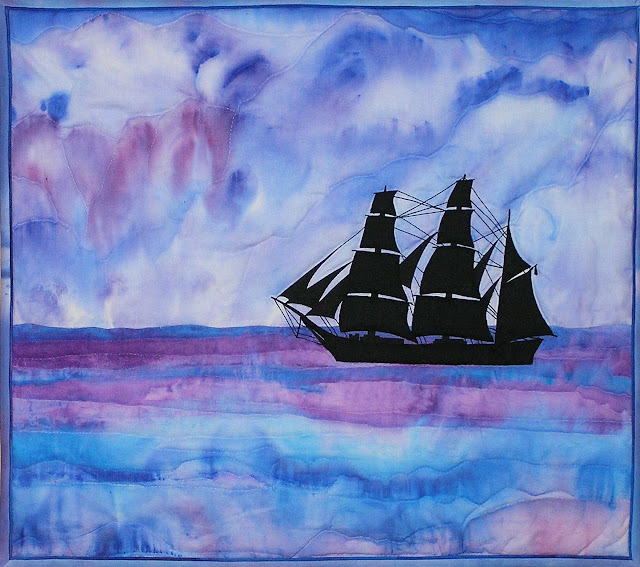July 2008
This quilt was inspired by a session of fabric dying that took place under less than ideal circumstances. A friend had given me a magazine that outlined a dying technique where strips of tissue paper are placed on damp fabric. Setacolor fabric dye is then painted over the strips, and the dyes from the tissue paper and the Setacolor run together to create interesting patterns. The process is done outdoors, as Setacolor dye is light sensitive.
I set up my work area on a table on the deck of our cottage. I was very enthusiastic about trying this new technique, so I ignored the fact that it was a very hot and windy day. Dying fabric with Setacolor paints requires limited air movement and high humidity to allow time for the dye to spread out slowly before it dries. However, as the wind blew fiercely, the tissue paper strips kept blowing off the fabric. The fabric kept losing its required dampness, so I didn’t chase the strips, I just kept spraying the fabric with water and adding new strips of tissue paper and more fabric dye. Eventually, I left the project to dry in the sun. As I made my way around the corner of the deck a new vista greeted me. All the strips that had blown away were hanging in the trees – in effect, I had “toilet papered” my own trees with messy strips of dye-laden tissue paper. When I related these events to my friend, she immediately suggested this would make a good subject for a quilt. Her comments became the inspiration for Quilting in the Wind. The tissue paper dyed fabric was used in the quilt entitled, Uncharted.
I set up my work area on a table on the deck of our cottage. I was very enthusiastic about trying this new technique, so I ignored the fact that it was a very hot and windy day. Dying fabric with Setacolor paints requires limited air movement and high humidity to allow time for the dye to spread out slowly before it dries. However, as the wind blew fiercely, the tissue paper strips kept blowing off the fabric. The fabric kept losing its required dampness, so I didn’t chase the strips, I just kept spraying the fabric with water and adding new strips of tissue paper and more fabric dye. Eventually, I left the project to dry in the sun. As I made my way around the corner of the deck a new vista greeted me. All the strips that had blown away were hanging in the trees – in effect, I had “toilet papered” my own trees with messy strips of dye-laden tissue paper. When I related these events to my friend, she immediately suggested this would make a good subject for a quilt. Her comments became the inspiration for Quilting in the Wind. The tissue paper dyed fabric was used in the quilt entitled, Uncharted.
Quilting Notes

Although I tested several brands of tissue paper it was all dye-fast, and did not release any dye. It did however causing varying effects by blocking the sunlight to different degrees in different areas. The design of the tree trunk was “borrowed” from a drawing on the internet, but I drew the branches and leaves. A small amount of fabric was dyed to create contrast near the base of the tree. Purchased “transition fabrics” were used to get the gradations in colour for the sun and the pink strips.














